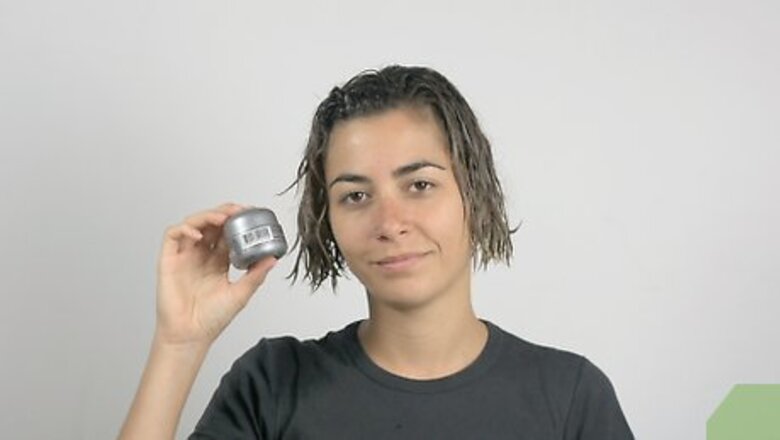
views
Prepping Your Hair
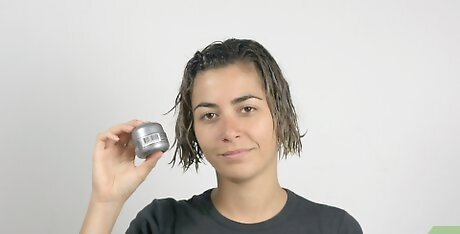
Add a styling product to your hair after washing it. Follow your normal hair care routine with shampoo and conditioner before rubbing a coin-sized amount of styling product into your hair. Add a few squirts of foam or gel to the palm of your hand and rub it into your hair with long, smooth strokes. Towel dry your hair so it’s damp but not dripping wet. To get the product into your hair more thoroughly, consider brushing it in with a long, thin comb. This method works especially well with straight hair.
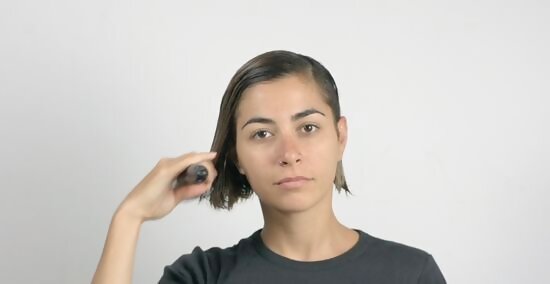
Get out any knots and tangles with a brush or comb. Ensure that your hair is tangle-free by guiding a paddle brush or comb through it. Although a head scarf or head wrap covers most (if not all) of your hair, you don’t want there to be any uncomfortable knots or tangles underneath. Consider using special detangling products so that the process is as painless as possible. Pro tip: Whenever you're detangling your hair, comb from the ends upward to prevent breakage. Then, after you've thoroughly detangled, comb from root to tip. This prevents damage and unnecessary hair loss, as your hair is most vulnerable when wet.
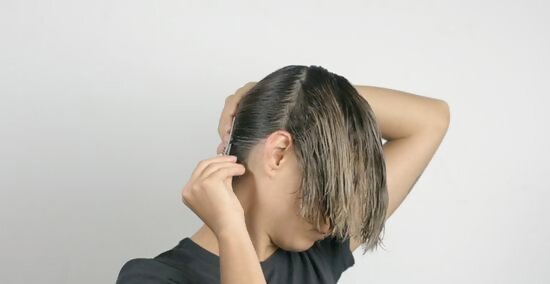
Section off your hair using your brush and hair clips. Use a brush or comb to separate your hair into several large pieces. Ideally, your hair will be split into 4-5 large chunks, before pinning them up with a hair pin. This makes it easier to wrap your hair, especially if you’re using a headscarf. If your hair is ear-length or shorter, don’t worry about this step. Use long, narrow clips for this step. Ideally, they should look and work like clothespins. Be sure to center each clip when you put your hair up.
Covering Your Head with a Satin Scarf
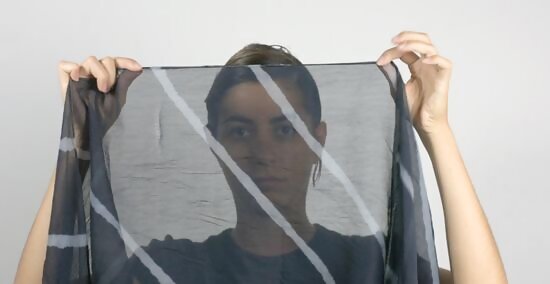
Pinch the fabric with your fingers so that it’s only one layer. Take a rectangular headscarf in your hands and extend your arms while pinching the fabric. The fabric is easiest to wrap over your head when it’s flattened. To ensure that all of your hair is wrapped, the surface area of the satin should be as large as possible. Satin is a great headscarf fabric because it keeps your hair from frizzing, while also keeping your hair style consistent.
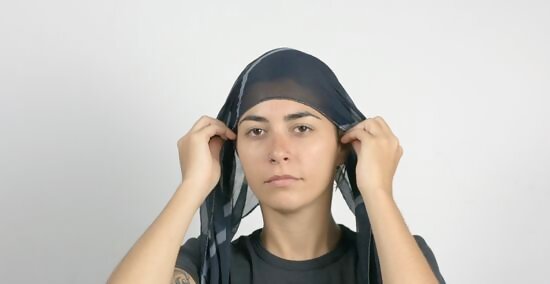
Lay the fabric along the center of your forehead. Take the single layer of satin and wrap it around your head. The longer edge of the rectangular scarf should be snug and rest directly above the eyebrows. Feel free to adjust the scarf as needed—what’s most important is that your hair is covered, and that you are as comfortable as possible. It might be easier to put the scarf on in front of a mirror.
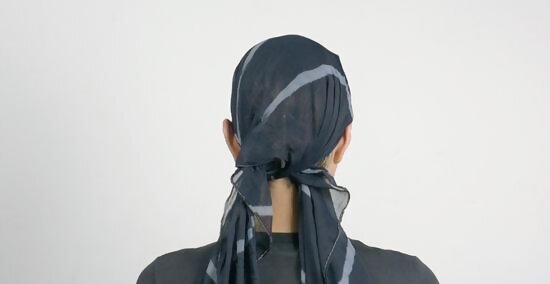
Tie both ends of the scarf at the nape of your neck. Take the 2 ends of your scarf dangling down either side of your face and tie them into a loose knot behind your head. It doesn’t matter if the tied scarf ends are exactly even in length, as long as the headscarf is securely wrapped over your hair.

Take out any remaining hair clips. Use one hand to hold the scarf in place while tucking the opposite hand beneath the fabric’s edge to pull out any hair clips. Since your headscarf is now tied, you don’t have to worry about large pieces of hair falling out. Ask a friend or family member for help if you’re having trouble getting any of the clips out.
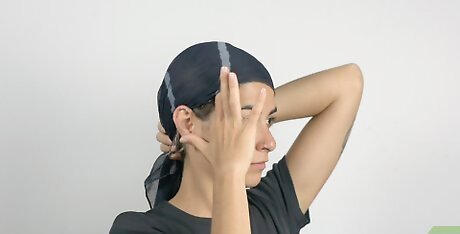
Adjust any loose hairs so that they’re all in the scarf. Push any loose hairs or tendrils back into your headscarf with your fingers. Don’t worry about using bobby pins or anything small to keep them in place—since you’ll be sleeping with this scarf on, the goal is to be as comfortable as possible. Ultimately, the purpose of the wrap is to cover your short hair while you sleep, so that your hair looks as smooth and stylish as possible.
Using a Head Wrap
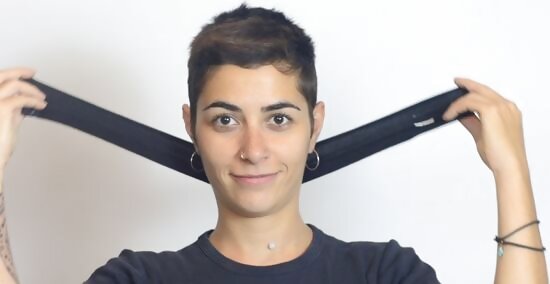
Take a head wrap and align it behind your ears. Extend a head wrap lengthwise in your hands and pull it over your head. Ideally, the wrap should be parallel to your ears, and snug against the back of your head. If you don’t have a head wrap on hand, it’s easy to find one online or at a department store. A head wrap resembles a disconnected headband, or a long strip of cloth. Try to use one that’s around 2 inches (5.1 cm) wide.
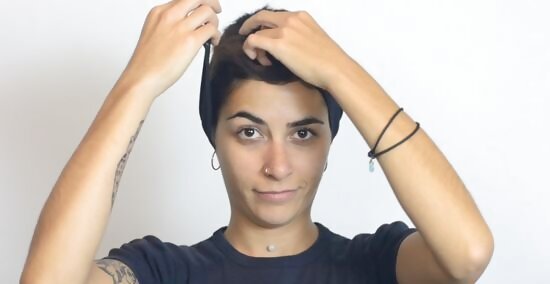
Tuck the center of the wrap behind your ears and bring the ends to your forehead. Secure the wrap by placing the fabric behind your ears and bringing the ends to the front. By doing this, the back of the wrap should be snug against the nape of your neck. Tug on both ends of the wrap to make sure that they’re even in length.

Cover the base fabric with another head wrap and secure it into place. Use one hand to hold the first head wrap steady as you loop a second head wrap around the first layer of fabric. Start by wrapping from the back, once again keeping the fabric close to the nape of your neck. Use a head wrap that has a Velcro strip or some other securing material that you can use to hold both wraps into place. Try to find a head wrap made of a sheer material, like satin.












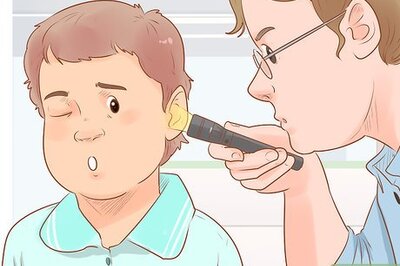






Comments
0 comment